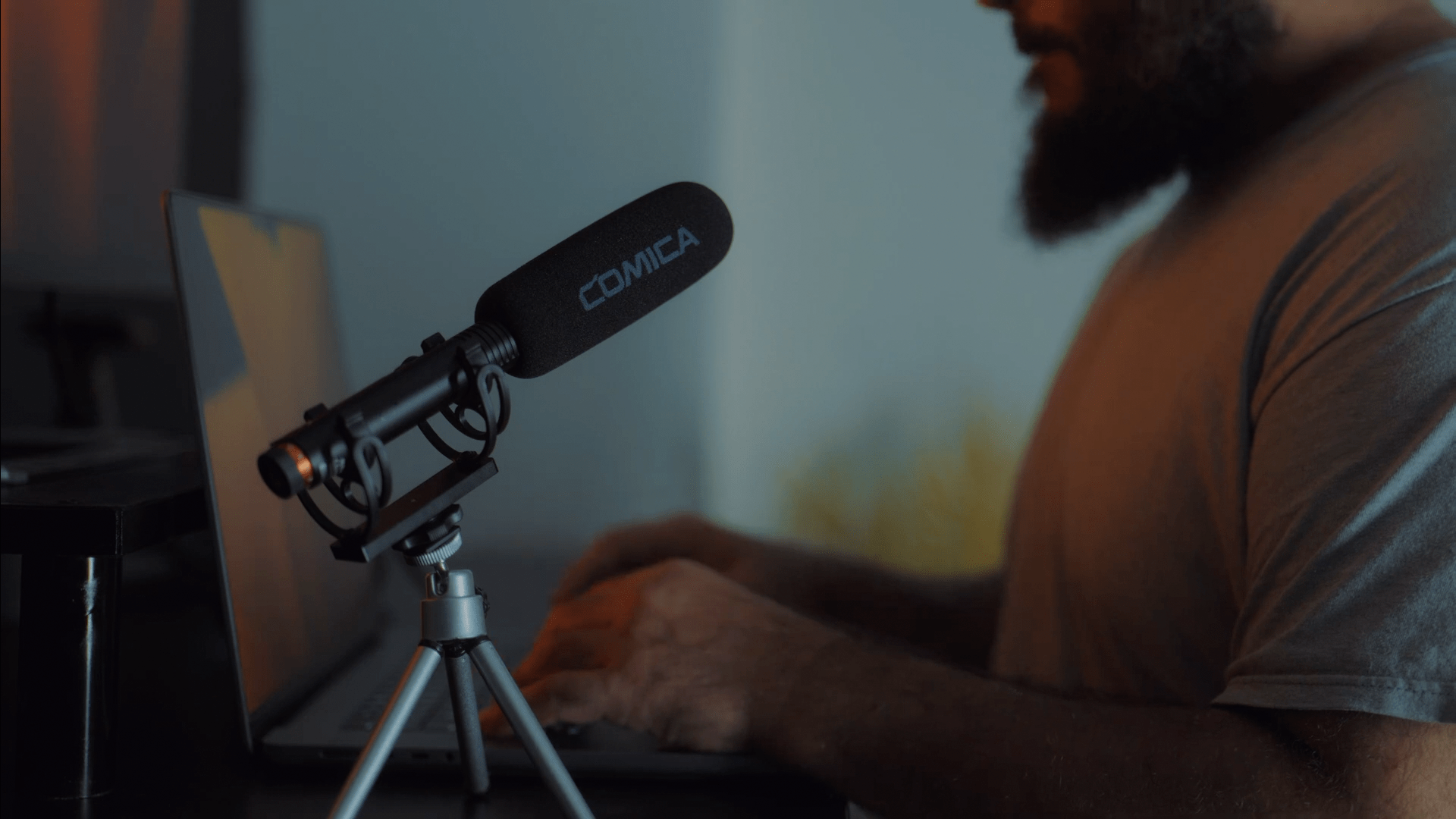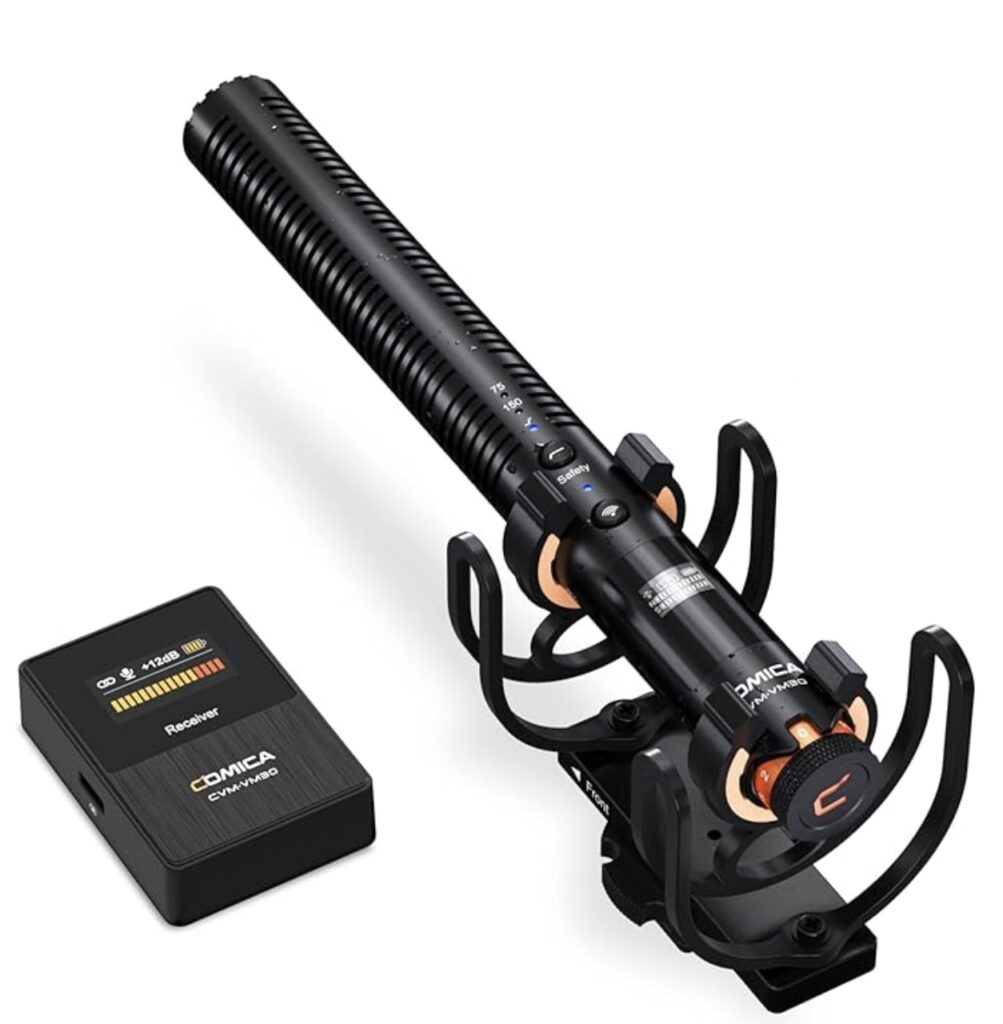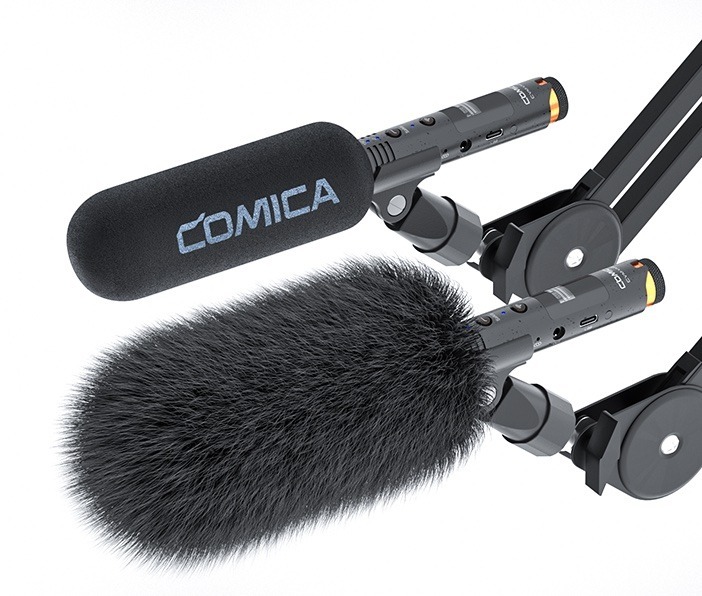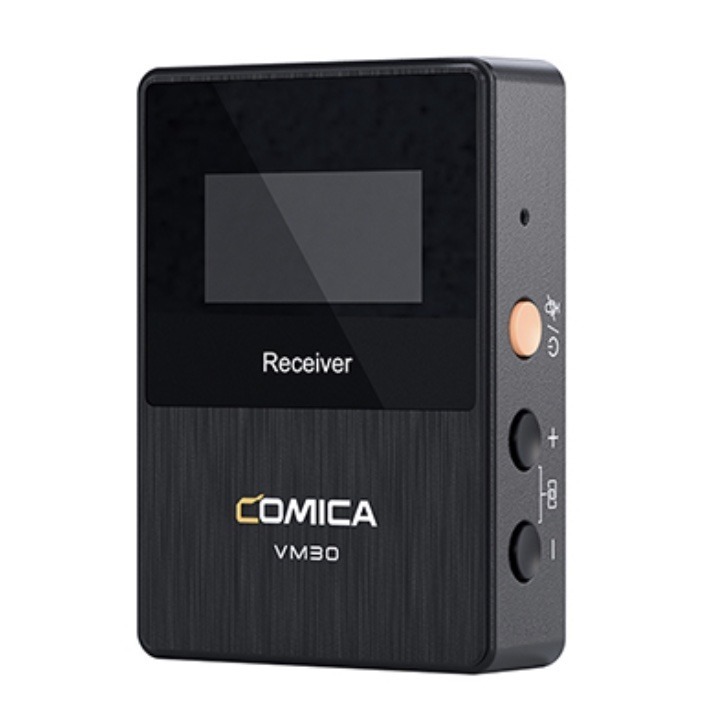A Game-Changer in Audio: The Comica VM30 Shotgun Microphone
I’ve been fortunate enough to receive numerous microphones for review. Despite having many expensive mics, none have replaced my go-to shotgun mic, which I purchased for just $36. Even though it was cheap, I hadn’t come across any mic that sounded better—until now. The new Comica VM30 will be my new mic of choice, not only because it sounds better but also because it has cutting-edge features unavailable in any other shotgun mic on the market. Although I’m under no obligation to discuss this mic, I believe innovative products with professional performance at an affordable price deserve recognition.
Evaluating Audio Quality
When evaluating a mic’s audio quality, I primarily look for a few things: clarity and presence of the audio, a low noise floor (absence of hiss or hum), and the mic’s ability to reject off-axis sounds like room echo, fan noise, and air conditioning noise. The new Comica VM30 excels in all these areas. But is it worth the $189 price tag? To me, it absolutely is. I’d go as far as to say it’s nearly the perfect shotgun mic. There are, however, one or two features I wish it had to make it the undisputed best shotgun mic for content creators, filmmakers, and podcasters. Before discussing my wish list for the next version of the VM30, let’s compare its sound quality to my previous favorite mic and explore its unique features.
Versatility and Innovation
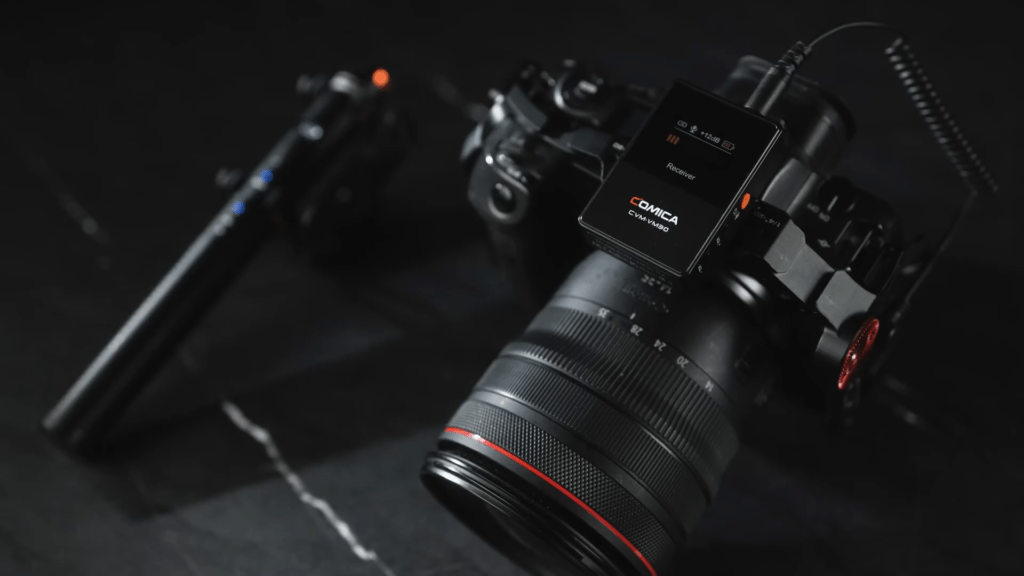
Apart from audio clarity, the VM30‘s most attractive aspect is its versatility. It’s the first shotgun mic with wireless transmission. You connect the receiver to your camera and treat the shotgun mic like a wireless lavalier mic. You can boom it outside the frame or hold it as a traditional handheld mic. This opens up numerous creative possibilities. If you prefer, you can also plug it directly into your camera or audio recorder. It features an analog 3.5mm connection and a USB-C option, making it perfect for streaming or podcasts recorded on a laptop. This versatility is unique to the VM30, but I expect other companies will soon adopt this feature, hopefully making it standard in future mics.
Sound Quality Comparison
To assess the VM30‘s sound quality, let’s compare it to my previous favorite mic. First, we’ll compare the audio without any post-processing, then with some EQ and compression. I’ll include audio from both the wireless mode and direct camera connection. I’ll use a few lines from a poem I’ll be featuring in an upcoming cinematic video shot on my S5 Mark II.
To my ears, the VM30 is one of the best-sounding mics in its price range. It’s not that far off from high-end options like the Sennheiser MKH 416, which costs $1000. In addition to its pristine audio quality and wireless capabilities, the VM30 has other noteworthy features. For example, it automatically detects when the camera is filming and turns on or off to save power. You can recharge its internal battery via USB-C, providing 50 hours of wired use and 7 hours of wireless use per charge. It can even be charged while in use, perfect for long interviews or podcasts.
The VM30’s supercardioid recording pattern effectively rejects off-axis sounds, delivering crisp 48kHz 24-bit audio. It includes a -6dB safety track feature to prevent audio clipping, and you can enable a low-cut filter at 75Hz and 150Hz for noisy environments.
The mic comes with a wind muff for clean outdoor audio and a high-end boost option, which is useful when using the wind muff. There is a headphone jack for real-time monitoring and a status screen showing levels on both the mic and the receiver. The VM30 boasts an all-metal construction and a professional shock mount, making it suitable for vlogging when mounted on a camera.
Room for Improvement
Despite its impressive features, there are two things that prevent the VM30 from being the best mic ever made: one is a must-have, and the other is nice but not essential.
The must-have feature is backup recording saved to the mic itself when used in wireless mode. This ensures you never lose audio due to wireless interference or dropouts.
The other desirable feature is 32-bit float. Hopefully, Comica can release a pro or updated version of the VM30 with these additions. If they do, it will be a must-own piece of gear. Even as it stands, the VM30 is my everyday carry shotgun mic.
UPDATE: The VM40 is Here
Comica came out with the VM40 – an awesome upgrade from the VM30. Read my review on the Comica VM40 here to learn what makes this mic a standout option and why it’s worth the extra $60 over the VM30.
Other Options
If $189 for the VM30 is out of your budget and you want an amazing-sounding mic without all these fancy features, watch my video where I share the hilarious story of how I accidentally found the fantastic $36 Takstar SGC-600 below:
If you’re looking for other product reviews, see my articles below:
* As an Amazon Associate I earn from qualifying purchases. The links above earn commission. Thanks for the support!

